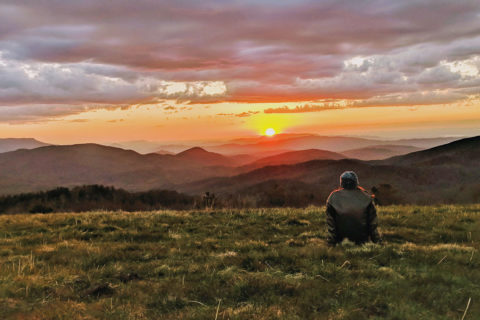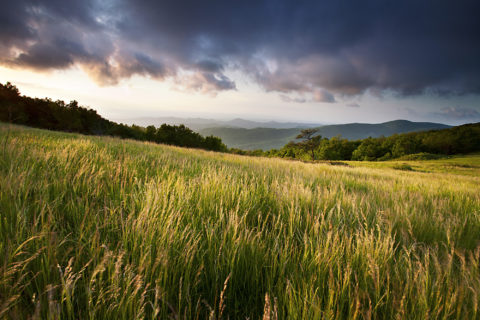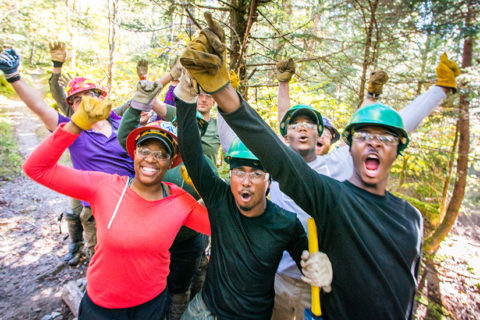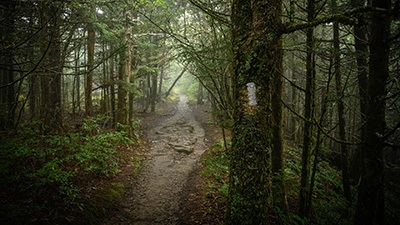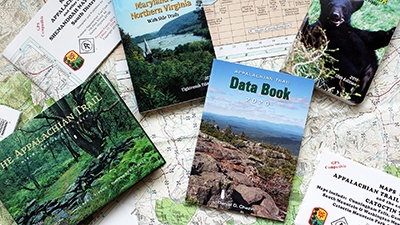By Alivia Acosta, ATC Volunteer Development Coordinator
Rails to the Trail: Expanding Access to Outdoor Recreation
February 16, 2023
When staring up at the constellations on the ceiling of Grand Central Station in New York City, it was almost impossible for me — a young person born and raised in Yonkers, New York — to imagine that within two hours I could be on the Appalachian Trail.
It is, however, possible. In 1991, a small wooden platform was placed on the Metro North’s Harlem line just a few steps from where the A.T. crosses the railroad tracks, offering service on weekdays and holidays. The “Appalachian Trail Station” became —and remains — the only location other than Harpers Ferry, West Virginia to offer direct train access to the A.T.
My first experience with this station came in 2017, when, as a member of the Appalachian Trail Conservancy’s (ATC) Next Generation Advisory Council (NextGen), I worked with the Harlem Valley Appalachian Trail Community, National Parks Conservation Association, and Groundwork Hudson Valley to bring a group of high school students from Yonkers, New York to the A.T. via the Metro North as a part of the Trains 2 Trails program.

The Appalachian Trail Metro North Train Stop in New York. Photo by Julian Diamond
While the A.T. might seem like an open and accessible resource to many of us, there are real barriers preventing access for many — including unaffordable costs, lack of leisure time, lack of education and information, and fear of the unknown. The Trains 2 Trails program sought to address many of these barriers. The cost of a train ticket itself, for example, can prevent many people in New York City from accessing the Trail.
During the train ride to the Trail, I shared the seven Leave No Trace Principles and hiking tips with the students. Once in the Harlem Valley of upstate New York, they were able to spend the day adventuring on the A.T. over the Great Swamp, as they learned and practiced volunteer conservation stewardship first-hand. An afternoon panel of various conservation professionals also exposed them to the potential of a career in conservation.
Ultimately, the students were able to use something that is a part of their daily lives — public transportation — to get to a place that was new to them: the great outdoors. With the support and encouragement of A.T. Community members and volunteers who welcomed the students, they were exposed to previously unknown possibilities for recreation, employment, and friendship. Many of these young people now feel comfortable enough to get back to the Trail without chaperones by using the same means of transportation that got them there on their first trip — and to their first A.T. experience.
The importance of experiences like those provided via Trains 2 Trails and of promoting the ability of those who may not independently be able to journey to public trust resources like the Appalachian Trail is why ATC strongly supports — and will advocate for — legislation that authorizes federal funding to increase education about access to public lands and waters, as well as to develop connectors and routes to public lands and waters from communities with little access to such amenities.
For resources like the A.T. to serve the public, people must not only know how to get to them but be able to do so with relative ease. The ceiling of Grand Central Station — however grand it is — shouldn’t be the only place where urban dwellers such as myself get to see the “night sky.” It should just be what we pass under as a step that leads us to experience the actual night sky in a vast natural outdoor setting.
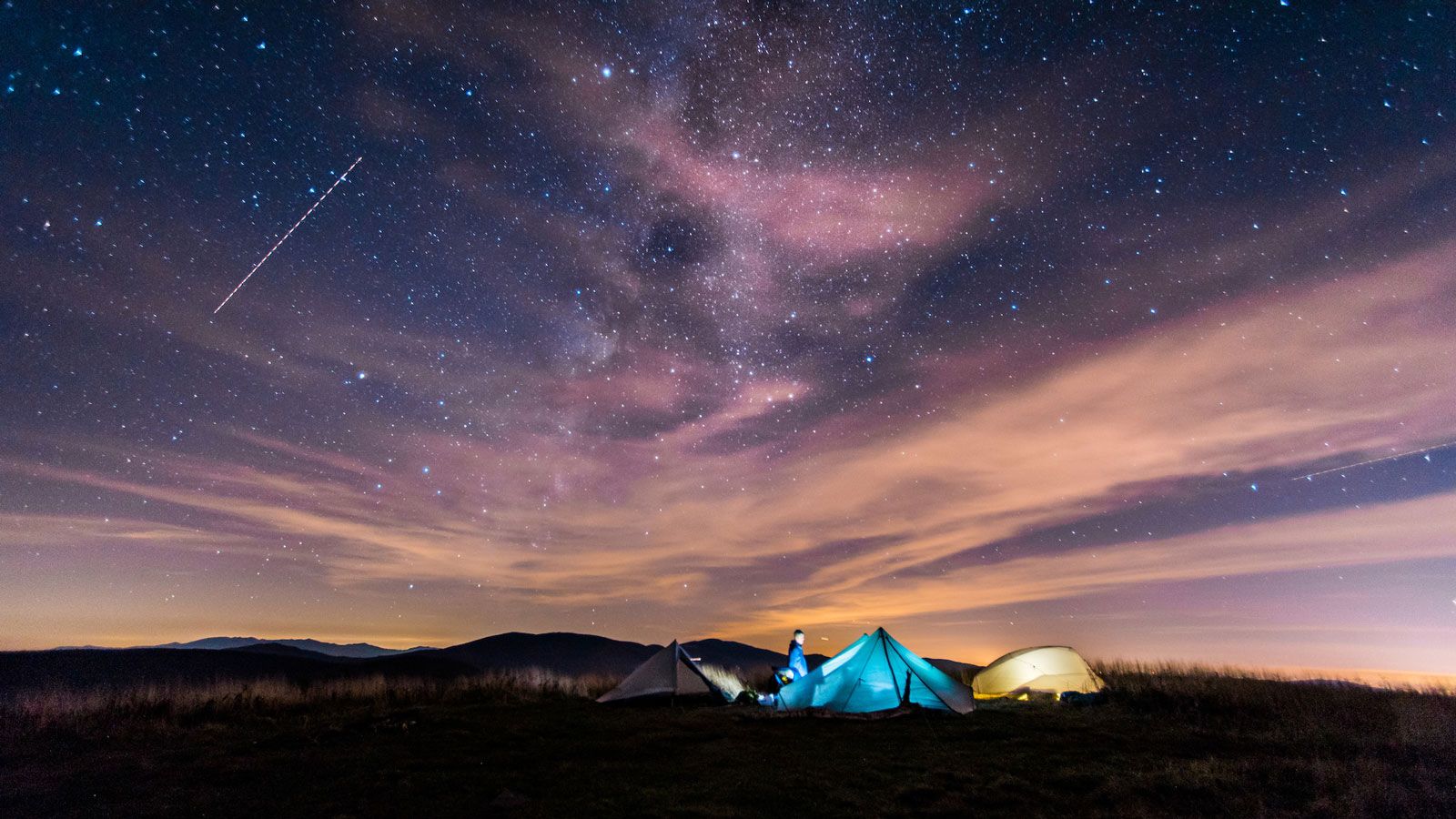
Night skies above the Appalachian Trail in the Roan Highlands. Photo by Horizonline Pictures
Access to natural spaces like the Trail is key. For many, accessibility is not always as easy as simply boarding a train. Not knowing how to get to the Trail or not having the resources to get you to the Trail — assuming that you even know the Trail exists in the first place — are only a few potential initial barriers. I know this to be true because as a young person from Yonkers, I was unaware of the Trail’s proximity, and knew very little about it at all.
My connection to the A.T. was made possible thanks to the employment opportunities offered by Groundwork Hudson Valley and their partnership with the ATC. Volunteering as a NextGen member allowed me to expand my horizons in terms of engaging with Trail management opportunities. My hope is to continue with a career in conservation and focus on providing all people with an opportunity to connect with and care for the natural world, whether it be on the Appalachian Trail or in their own backyards, no matter what barrier they may face. Through this work, I hope others will know that the incredible views and the transformative power of the Appalachian Trail may only be a train ride away.
This article is updated from its original version published in A.T. Journeys magazine. Become a member today to help fund great storytelling about the Appalachian Trail and the community of doers and dreamers that ensure the Trail is protected forever, for all.
Discover More

Watch Now
Go Dark: A Wild East Story
Experience the splendor of a starry sky that shines brighter because of the wildness of A.T. lands.
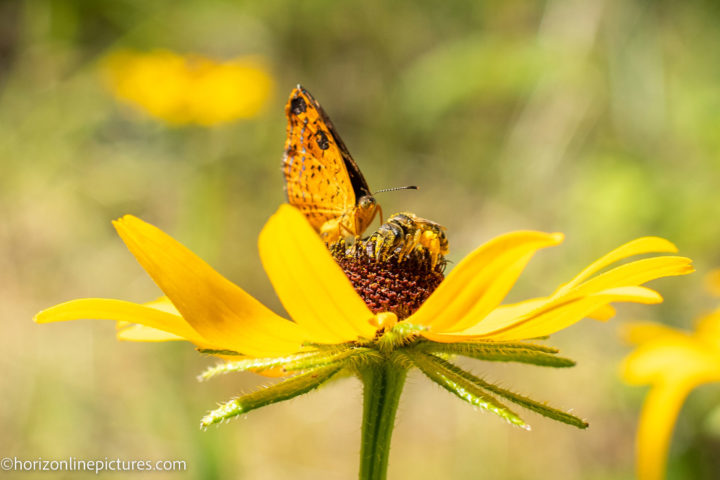
Official Blog
Hidden in the Details: Protecting the Metalmark Butterfly
An effort to revive the rare northern metalmark butterfly will benefit a wide range of other native species along the Appalachian Trail.

ATC's Official Blog
A.T. Footpath
Learn more about ATC's work and the community of dreamers and doers protecting and celebrating the Appalachian Trail.

